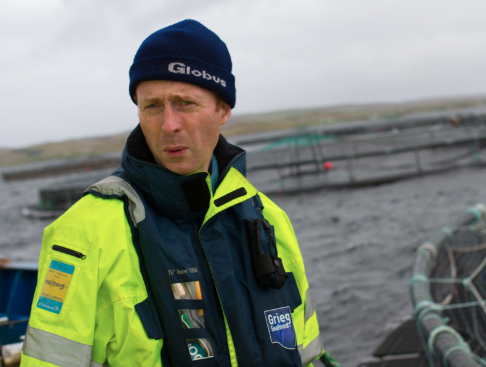Salmon farmer looking at options which could include different kinds of strategic partnerships, a business transfer of the sites to another company or assessing new ways to create better local synergies.
After it posted a disappointing Q2, Grieg Seafood wrote in a press release this morning that it will evaluate strategic alternatives for its Skye, Scotland, operations.
It said that farming costs during the quarter increased from the same quarter last year, mainly driven by higher cost in Shetland and BC due to biological challenges related to sea lice and algae blooms.
The majority of Grieg Seafood’s production in the United Kingdom is in Shetland. The company also has five farms on the Isle of Skye. Due to the distance between the islands, there are today few synergies between operations on Skye and operations on Shetland.
Grieg Seafood wrote that it will evaluate whether other strategic alternatives will allow the company to create more long-term value. The company will explore several possibilities, and options could include different kinds of strategic partnerships, a business transfer of the sites to another company or assessing new ways to create better local synergies.
Grieg Seafood CEO Andreas Kvame said: “This is a process of exploration, and we cannot guarantee that it will result in any specific outcome. We will complete it as fast as we can and keep employees and other interested parties updated. Meanwhile, we remain firmly focused on our operational priorities to achieve sustainable growth in all four regions.”
Grieg Seafood’s target, based on current production structure, is to harvest 100 000 tonnes in 2020 with a cost at or below industry level.
In a financial bulletin this morning, SpareBank 1 Market’s salmon analyst Tore Tonseth wrote: “Although the turn around in Rogaland is a good example of what is achievable when correct measures are taken, this quarter again highlights the operational risk that lies in GSF’s Scottish and Canadian operations. Given the recent development, GSF targets for 2020 doesn’t look very realistic. It should be possible for GSF to improve the results, but it seems to be no quick fix.”

